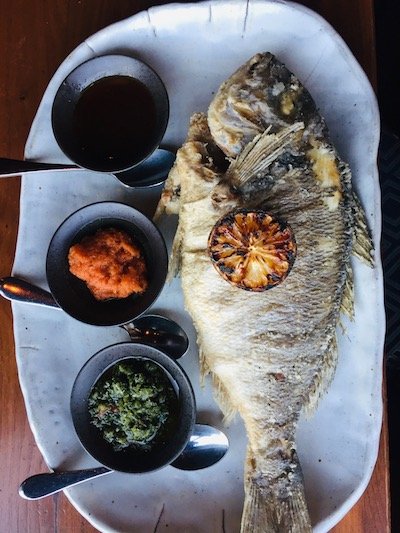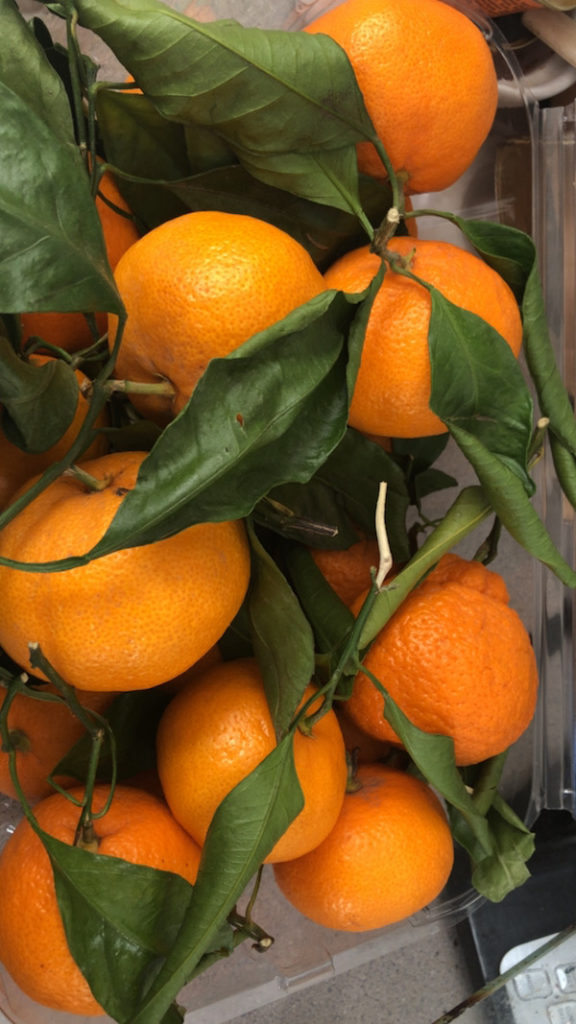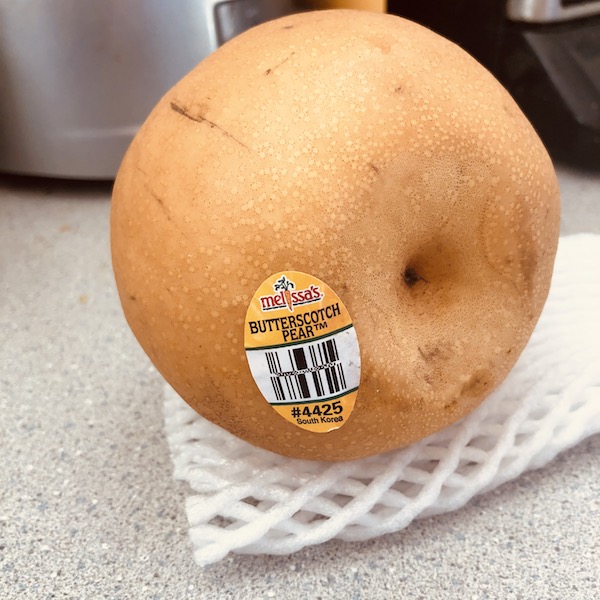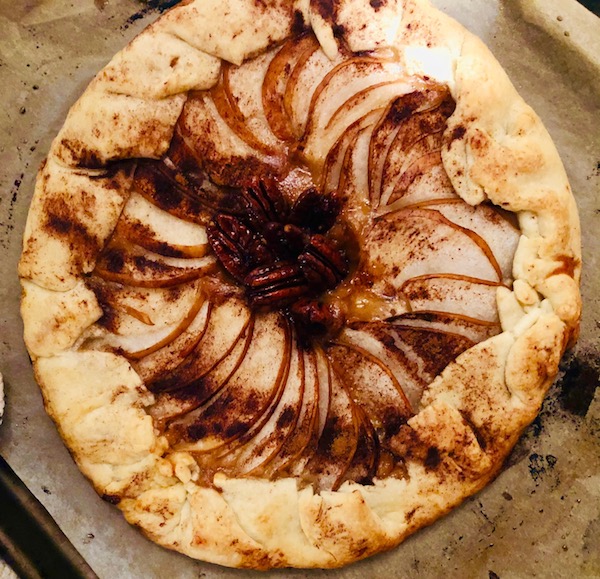(Gerry Furth-Sides) The growing popularity of historic Chinese New Year celebrations show how important this Asian holiday is becoming with mainstream America despite the recent bizarre backlash to the pandemic. Food plays an important role during Chinese New Year, and there are a number of dishes that are eaten to bring good luck to families, who always gather for a sumptuous family reunion dinner on New Year’s Eve that begins with the new moon.

The big homemade meal with multiple dishes is laid out on the table with each traditional dish symbolic of a good luck omen. Though traditional dishes can vary from home to home and province to province, the ideas behind each item and what they represent remain the same.Steamed fish is always on the menu. The tradition of eating fish during the New Year originates from the fact that the Chinese word for “surplus” or “profit” sounds similar to the word for fish. Thus, it is believed that Fish (与) is eaten for good luck because it symbolizes surplus for the forthcoming year. It is also the custom that this should be the last savory dish eaten to connect to the first wealth of the new year.

Mandarin oranges, which are considered a symbol of good fortune, are eaten, displayed and gifted for good luck. In northern China, round dumplings are a popular food during Chinese New Year. In the south, it’s more common to see niangao Niangao (年糕): a traditional New Year cake. Made using sticky rice, dates, sugar, and lotus leaves, this treat represents increased fortune year after year.

Butterscotch pears are a novel way add a new “round note” to the holiday. Melissa’s perfect pieces of fruit are prized for their large size and paper-thin skins, which lack the bitter flavor of other varieties. The crunchy Korean straight out of hand or sliced into salads, desserts, slaws, and compotes – and more famously by the Koreans for marinating all sorts of cuts of meat.

Dessert. Round and indulgent to see out the Lunar New Year holiday season! An Asian Pear galette at the plate in a ball game with dates, “the” raw cookie dough ice cream, and freshly whipped cream, all under sprinkles of Vietnamese cinnamon.

The subtle taste of pear invites the “hidden” frangipane paste round made with Bob’s Red Mill Pure Almond Protein Powder and Nancy Lin Chen’s cinnamon paste, which we then highlighted with crunchy candied pecans. The recipe plus many other ideas are in her book, 101 Amazing Uses of Cinnamon.

“Rounding out” this finale, the very definition of festive indulgence honors the name of the pears: homemade “butterscotch” sauce (using lemon juice)! This is definitely a western touch!

This prepared with an extra “round” layer of frangipane – for a sweeter year!

New Bob’s Red Mill Almond protein goes beyond the stereotypes of traditional protein supplements. This finely ground, blanched almond powder can be added to pasta sauces, salad dressings, baked goods and more. AND it boasts 20 grams of plant-based protein per serving.



 Gerry Furth-Sides
Gerry Furth-Sides  Barbara Hansen
Barbara Hansen  Chef-owner Alain Cohen
Chef-owner Alain Cohen  Roberta Deen
Roberta Deen  Jose Martinez
Jose Martinez  Nivedita Basu
Nivedita Basu